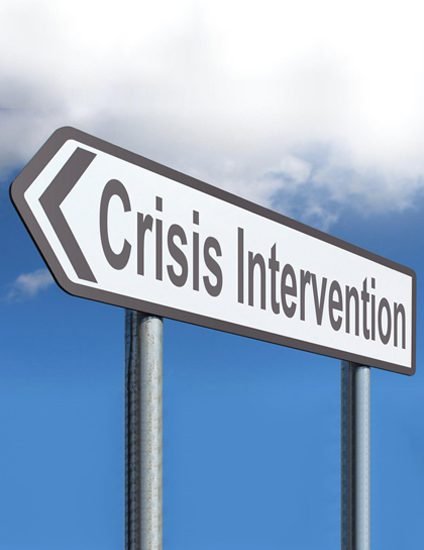
The First Reaction
The team leader gently wakes the patient, introduces himself with respect, and explains the purpose of the visit. For a moment the patient looks startled but soon he is lost in deep thought. After a short silence, he gives his first reaction which is one of the following.
- Seeing that he does not have the power of decision, he is ready to go along immediately.
- The patient wants to be persuaded. The team members, especially the restored ones, persuade him with their example. The patient argues a little. Denies the need for treatment. Then suddenly he becomes convinced.
- The patient revolts and claims that I see who can take me, curses his family and insists on not calling. In such cases, the team members give injections with such skill that they do not even know it and the injection has already been given. After the injection, the patient gives up resistance. The effect of the injection is that his rebellion and anger become cold. Gradually he becomes willing to discuss. If you keep persuading him consistently, then the same patient who was putting fire out of his mouth a while ago starts talking softly and becomes satisfied.


